A Do-It-Yourself walking tour of Ronda
Ronda is a very popular place, one of the most popular places for visitors in all of Andalusia. It’s a small city which you can visit on a guided tour if you wish (as many people do…) OR you can follow the Do-it-yourself walking tour itinerary that I’ve spelled out below.
I have to give credit for this itinerary to Hotel Polo. We had booked a night there and when we checked in they sent us a copy of this itinerary on Whatsapp (the map you see below). Very helpful, very good hotel. More on that at the bottom of this post along with some restaurant recommendations that they also provided.
A Do-it-yourself walking tour of Ronda
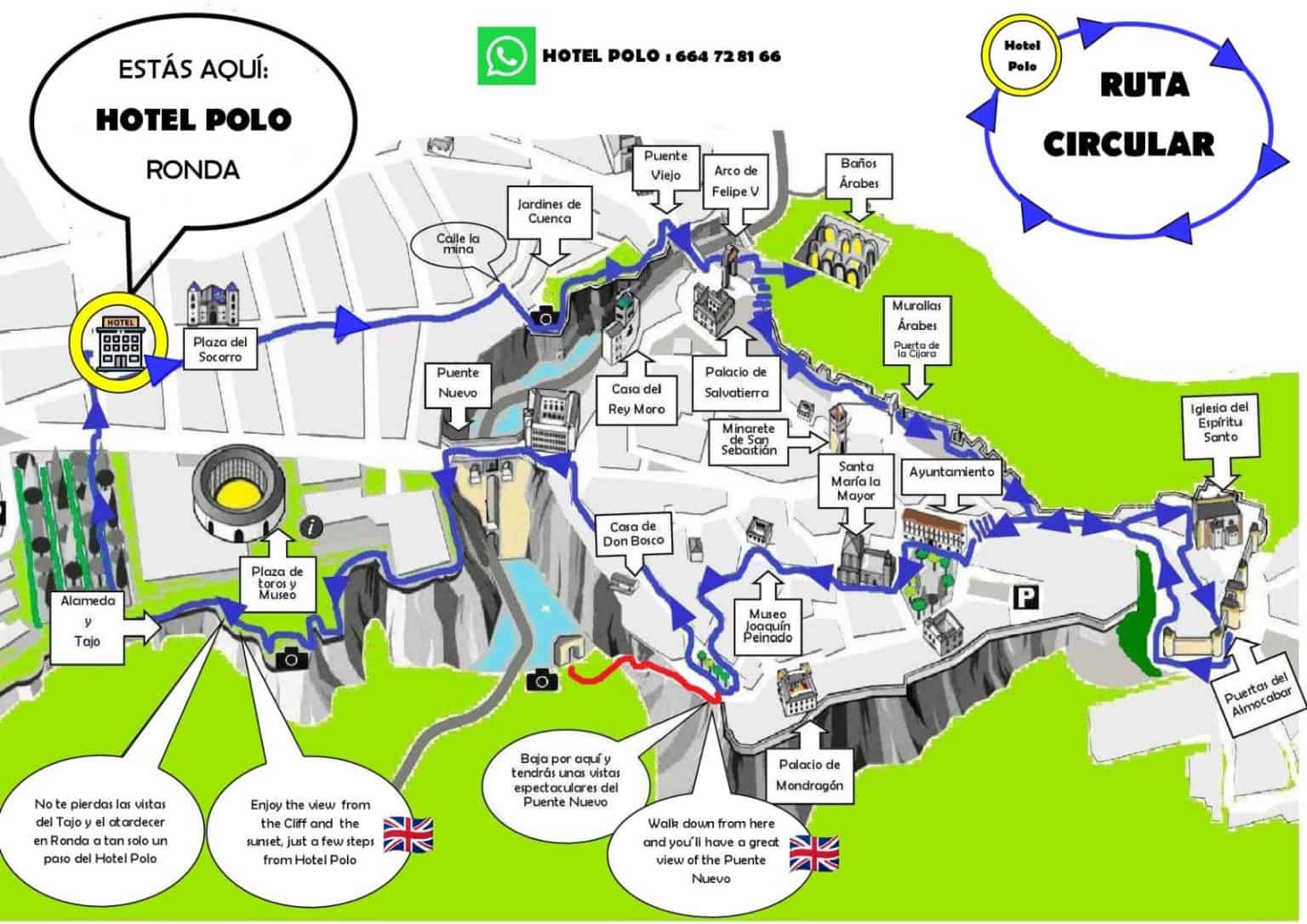
Puente Nuevo
Your walking tour should start here because it is by far the most popular attraction in Ronda. It is what Ronda is famous for.
Ronda is divided by a deep gorge which historically separated two parts of the city: Old Ronda on the southern part of town (shown on the right in the map above) and Newer Ronda (to the left).
The New bridge was built in the 1700’s to connect the two parts of Ronda. There were already two bridges in place, the Old Bridge and the Roman Bridge, but they were small and further upriver. The New bridge took 34 years to build (completed in 1793) and is deeper than it is wide – it is 66 meters wide but reaches 98 meters to the bottom of the gorge. Building the bridge was a technological marvel at the time, requiring huge stone blocks being brought up from the bottom of the gorge.
The bridge is made up of 3 large arches, the center one which has a large room which was used to house political prisoners during the Spanish civil war of the 1930’s. The bridge was also where, in 1936, approximately 500 fascist sympathizers were thrown into the gorge.
The bridge transformed Ronda, bringing the two sides of the city together.
Prefer to take a free walking tour? Free Walking Tour Ronda tours start at the Puente Nuevo.
Viewpoints around the Puente Nuevo
There are a bunch of viewpoints around the Puente Nuevo. Walking around the Parador de Ronda (a modern Parador which is also one of Spain’s most popular paradors) you’ll get views looking back at the Puente Nuevo and the gorge below. A little further, you’ll see views of the Mirador de Ronda and the valley and mountains beyond. You could continue on to the Mirador but for now I suggest walking back to the Puente Nuevo…
Crossing the Puente Nuevo you’ll get lots of different views of the bridge and landscapes. Stop at Mirador de Aldehuela for a different view of the bridge.

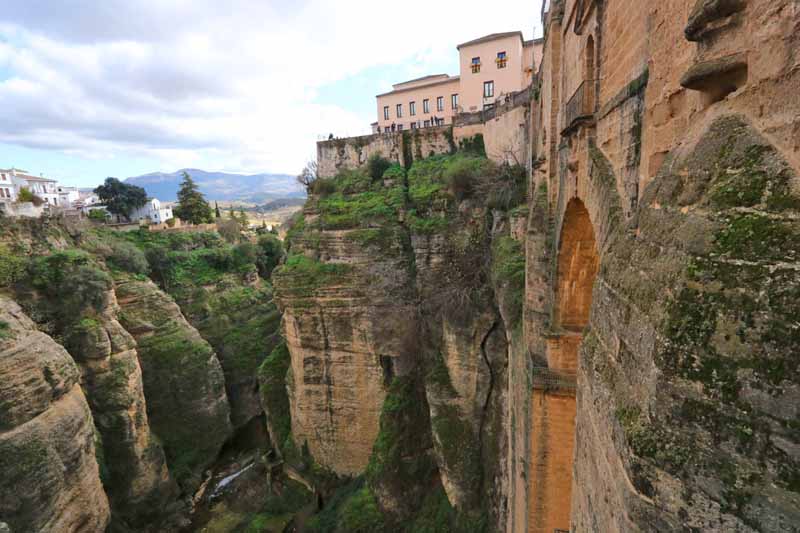
Plaza de María Auxiliadora
Make your way to Plaza de María Auxiliadora. From there you’ll see a little path going down into the gorge (see the path marked in red on the map above). 10 minutes will get you to a little area where you get great views looking towards the bridge. It’s the setting of most of those postcard photos of Ronda that you’ll find in the stores.
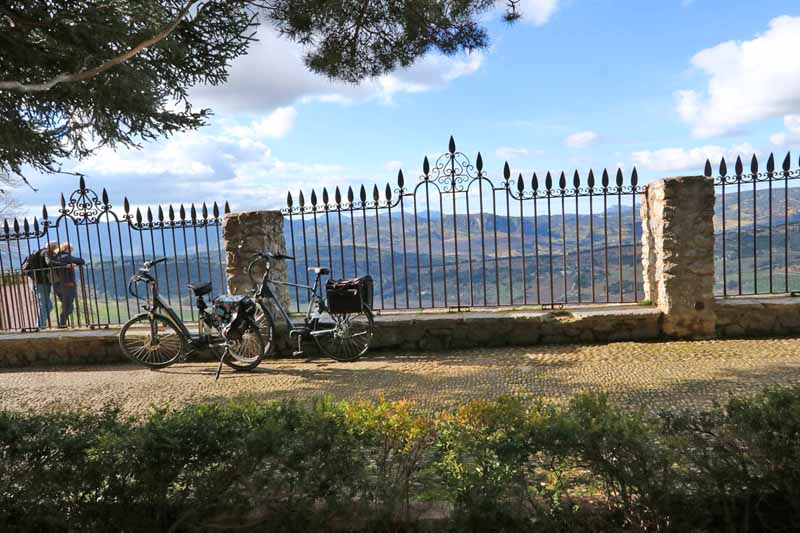
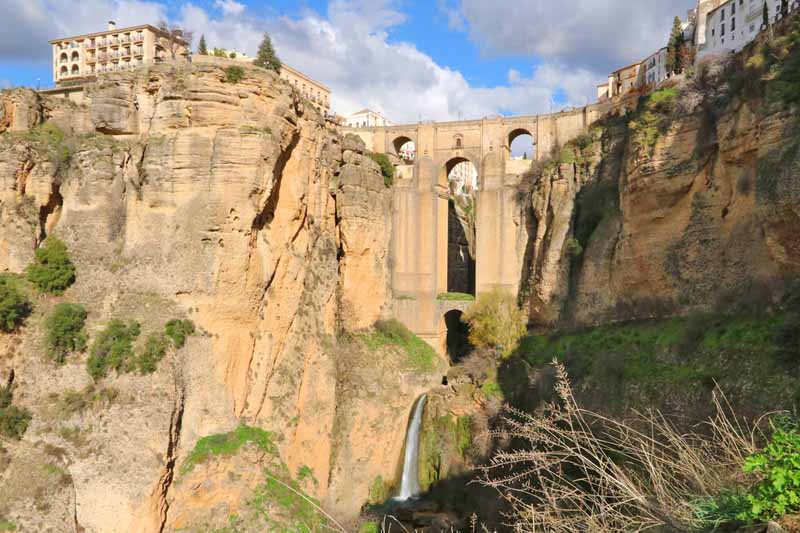
Plaza Duquesa de Parcent
Walk to Plaza Duquesa de Parcent (you’ll see indications on the map: “Santa Maria la Mayor” and “Ayuntamiento” that indicate that spot). But first you’ll pass Palacio de Mondragón which is worth a visit if you have a bit of time in Ronda.
Plaza Duquesa de Parcent is the center of Old Ronda. The highlight of this pretty plaza is the church: Santa Maria la Mayor. You can climb up the tower from great views of the city.
Right next to the church is the Town Hall, the “Ayuntamiento”.
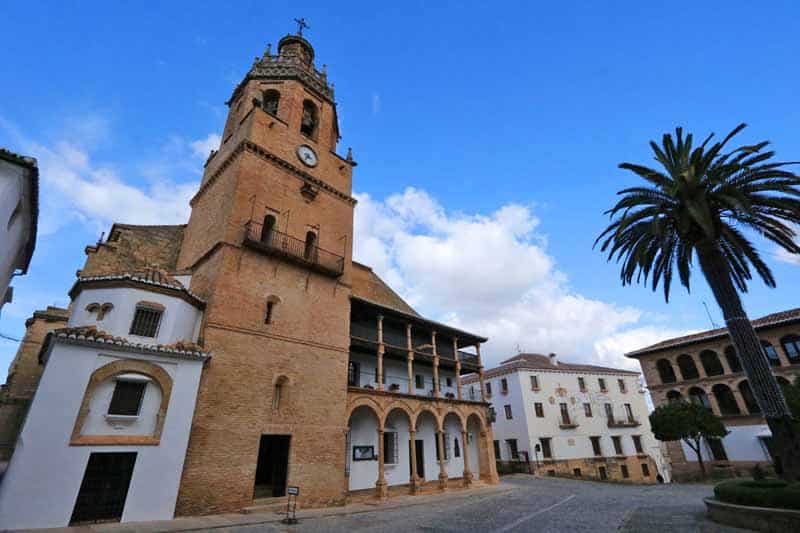
Medieval Walls
Behind the Ayuntamiento are a series of stairs. Go down and follow the road downhill.
You’ll get to Iglesia del Espíritu Santo, a 15th century church constructed over a mosque. The outside walls of the church are thick and actually make up part of the fortifications of the city. Walk a few minutes from the church and you’ll get to Puerta de Almocábar. This is the most impressive gate along the walls of the city, however is was not the main entrance to the old town as many people assume (it in fact faced the old cemetery). You can climb up the walls for some views.
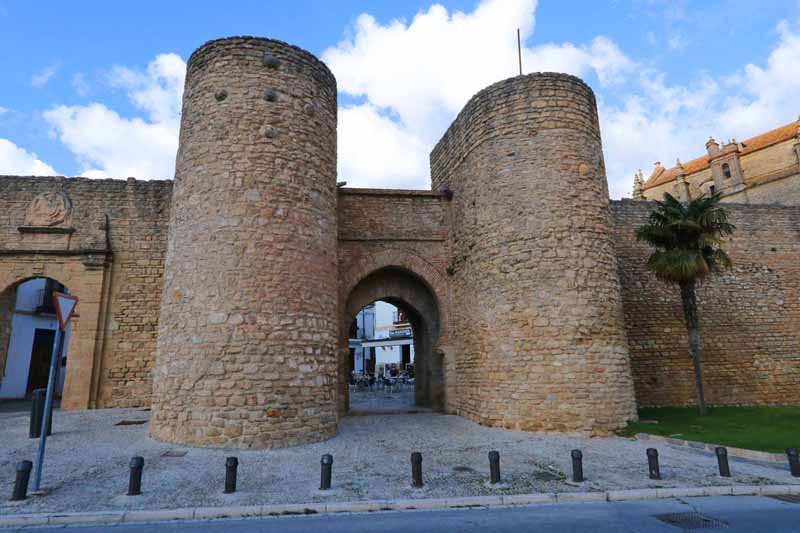
From here you have to walk back from where you came from, walking up the hill. But stick to your right. You’ll soon see more medieval walls. Called the Arab walls, these walls were built by the Moors and defended the eastern edge of the city. The walls continue downhill, passing the Arab baths (Banos Arabes on the map). Near the Arab baths, you’ll spot the small Roman bridge – next to the bridge stood the gate that was the main entrance to the old city at the time. It was the reason for all these impressive fortifications*.
*During Moorish times, visitors would enter the city at the gate next to the Roman bridge (also called Puente de las Curtidurías or Puente Arabe. It seems to go under many names). They would go to the Arab baths, then a small mosque that stood there for prayers, before entering the city at the Puerte de la Cijara).

Puente Viejo
Climb up the steep path/stairs. It’ll take you to the Puente Viejo. Next to it is a picturesque gate which built in 1742 – it is the gate of Felipe V and provided yet another defended entrance to the city.
The Puente Viejo was the 2nd oldest bridge built in Ronda (after the Roman bridge). It was completed in 1616. It’s a small bridge that has only pedestrian traffic these days.
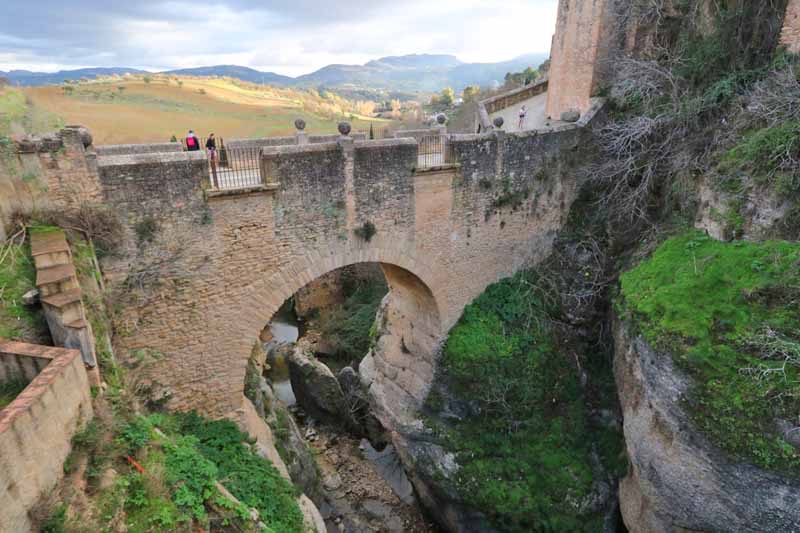
Jardines de Cuenca
On the edge of the gorge in the new city (which you entered crossing the Puente Viejo), these gardens are dedicated to the city of Cuenca – Ronda’s “sister” city (both cities share a common geography with their deep gorges).
Here you get incredible views of the gorge and the Guadalevín River. As you wander up further, you have a totally different view of the Puente Nuevo than you had previously.
Plaza del Socorro & calle Carrera Espinel
Plaza del Socorro is the main square in the new town (and modern Ronda). It’s a pretty plaza with a church (the 20th century Iglesia del Socorro) and lots of bars and restaurants. Right next to the square is calle Carrera Espinel, the main commercial street in Ronda.
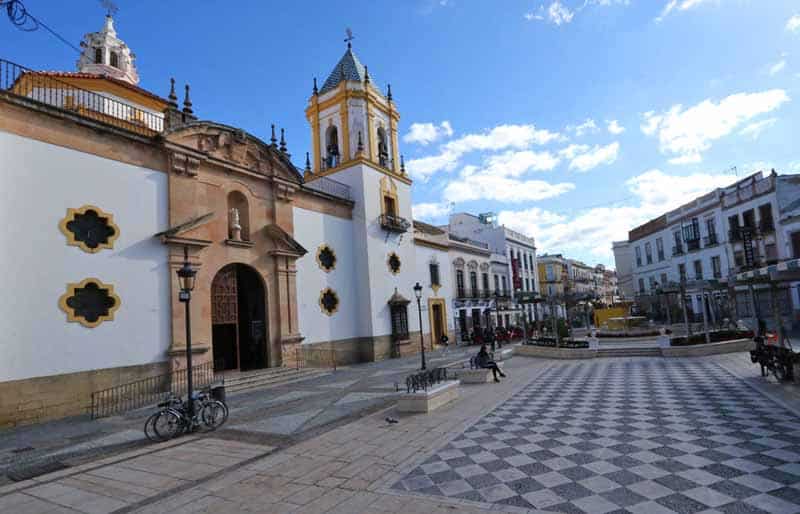
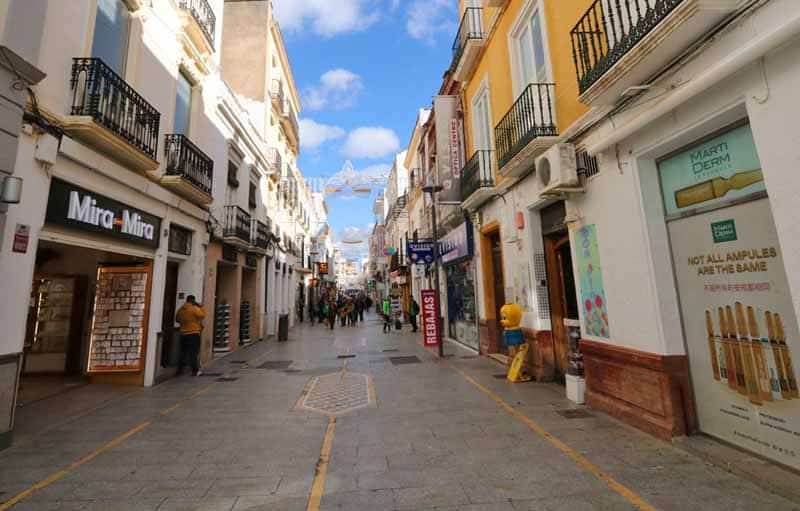
Parque Alameda del Tajo
Walking down calle Carrera Espinel you’ll pass the bullring. Ignore it for now. Just next to it is the Parque Alameda del Tajo. A nice park with gardens…but the highlight is the long ‘terrace’ with views of the valley below and mountains in the distance. Walking along you’ll get to the Mirador de Ronda which is another pretty spot with similar views.
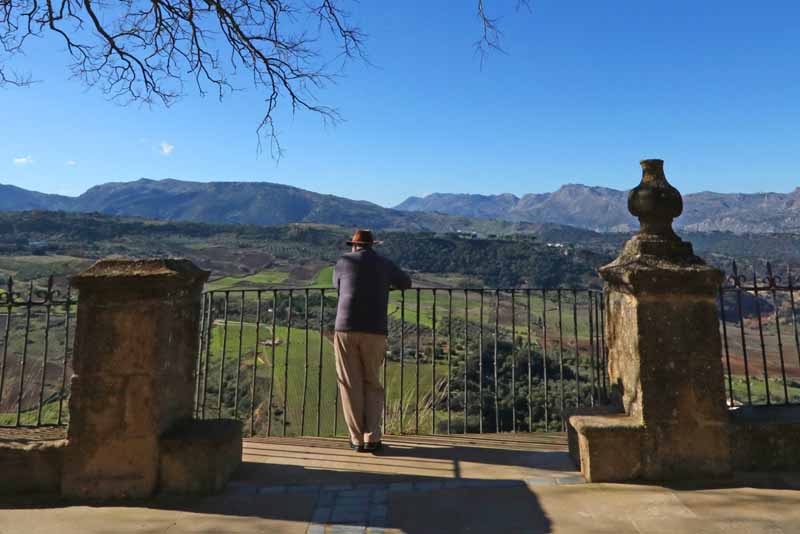
Plaza de Toros (bullring)
Ronda’s bullring is advertised as both the largest and oldest in Spain. In fact both statements are disputable. Ronda’s bullring seats 5,000 spectators – las Ventas bullring in Madrid seats almost 24,000. Construction of Seville’s bullring started in 1761, Ronda’s construction started in 1779 (but Ronda’s was finished a year earlier in 1784). What is definite is that Ronda’s rueda, the sandy circle in the middle of the ring, is the largest in Spain (a diameter of 66m, 6 m more than Madrid’s).
More on the Ronda bullring. (Note: at 9 Euros/pp, entrance is expensive. Too expensive in our opinion).
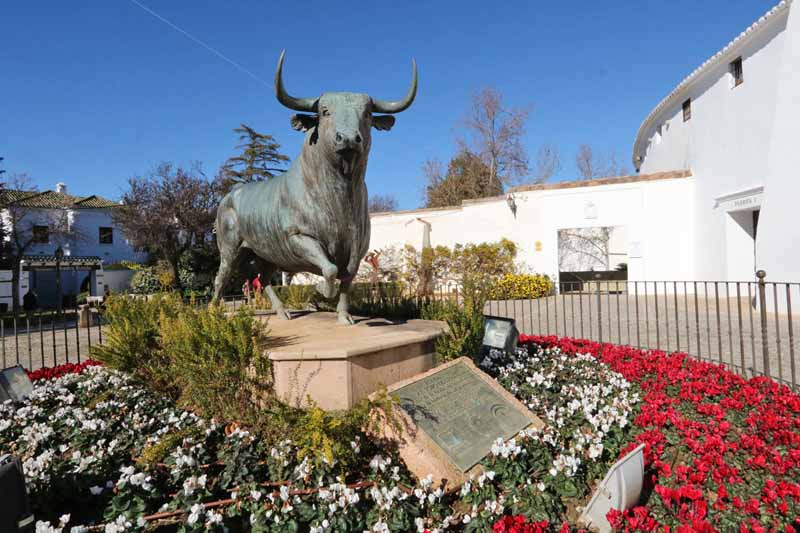
The above are the highlights of Ronda and can be visited in a full and busy day. If you want to do a more detailed visit (including entering all the sites you have to pay for: the bullring, Palacio de Mondragón, Santa Maria la Mayor and the Arab baths) then it’s worth staying a night.
Practical Information on Ronda
Getting there
- Ronda’s train station is a 15 minute walk from the center of the new city. We came by train from Antequera’s Santa Ana station (1 hr). We left the same way, taking the train back to Antequera then connecting to Malaga (30 minutes by high-speed train)
- The bus station is even closer to the center of the new city (about 10 min). Damas does Ronda-Malaga in 1 hr, 45 min.
Where to Stay
- We stayed at Hotel Polo as mentioned above. Very comfortable, good value (it’s a 3 star hotel so don’t expect the Ritz). They have a kitchen downstairs with a kettle, dishes and anything else you need. Great! Recommended. If you want something more fancy it has to be the Parador de Ronda. You can’t beat the setting.
Where to eat
- The restaurant connected to the hotel was very good for breakfast. Otherwise, we didn’t have much luck with restaurants: we were there in January and all restaurants recommended to us were closed (we were told that’s often the case after the holidays). The hotel did recommend some bars and restaurants however. See the map below.
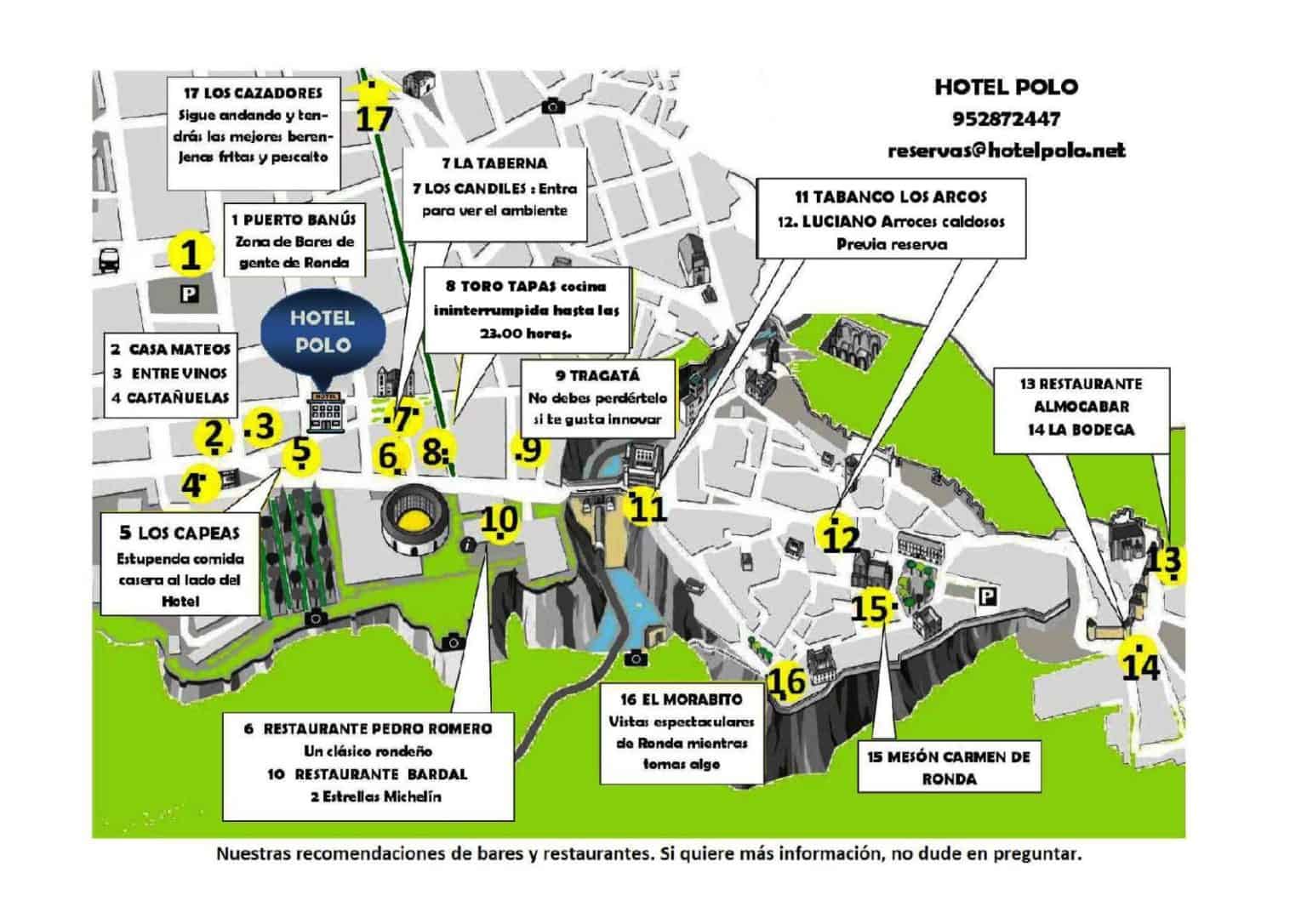

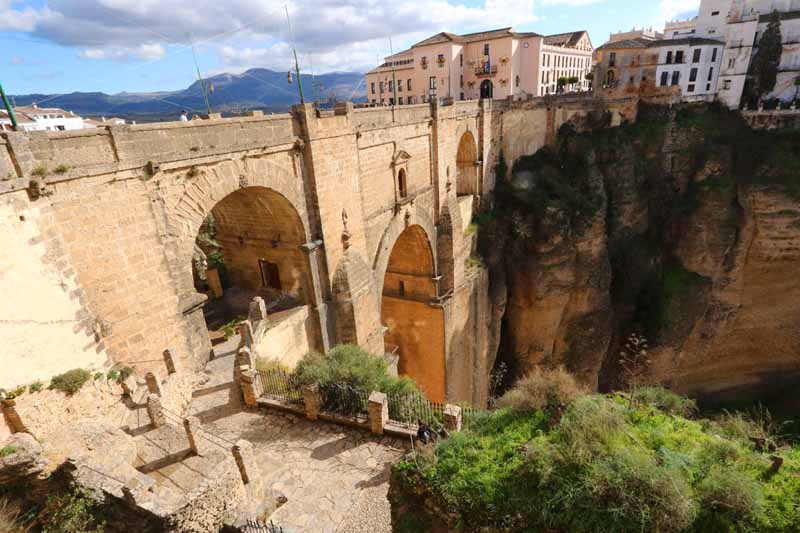
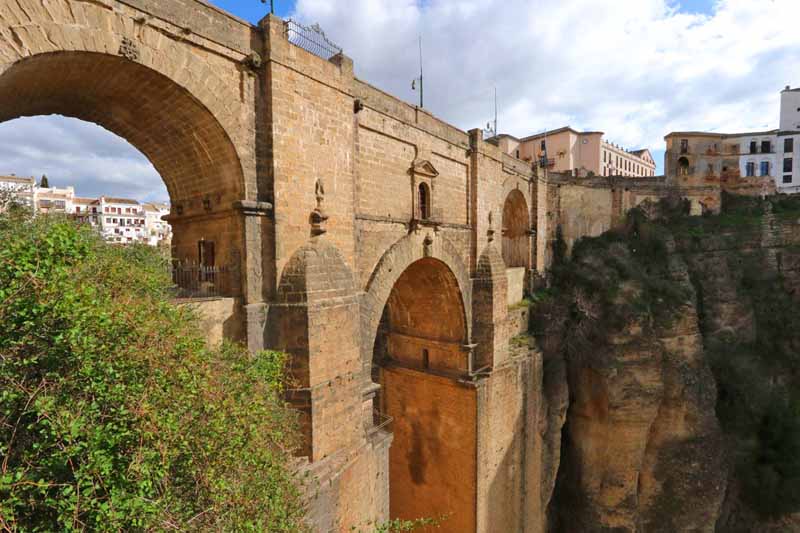
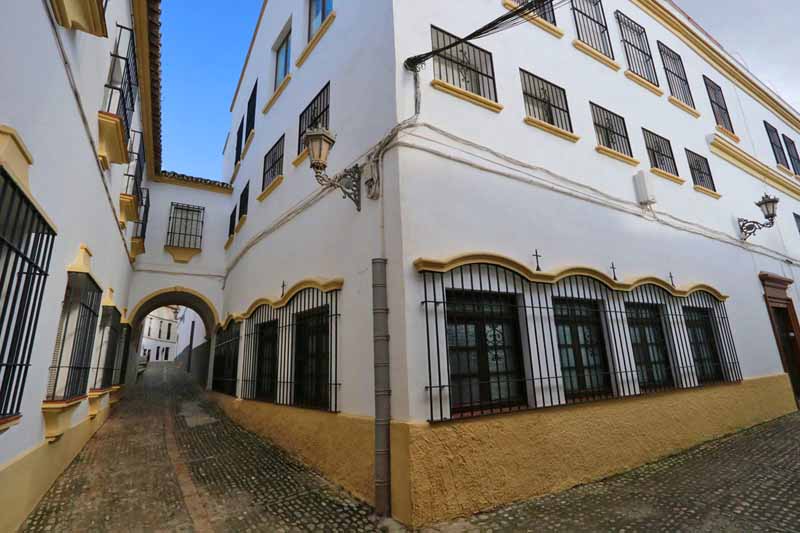
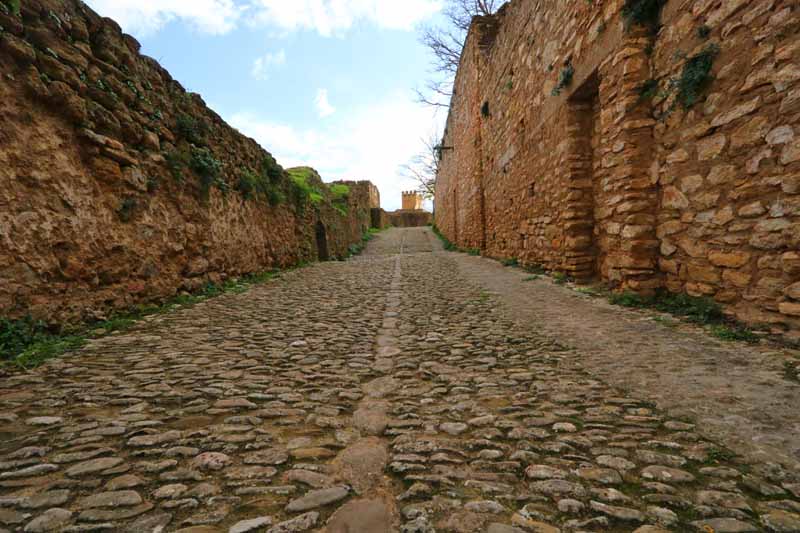
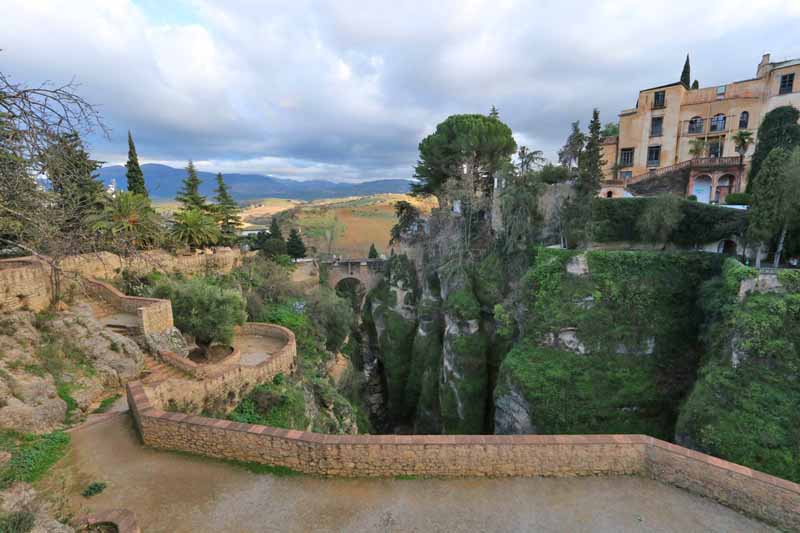


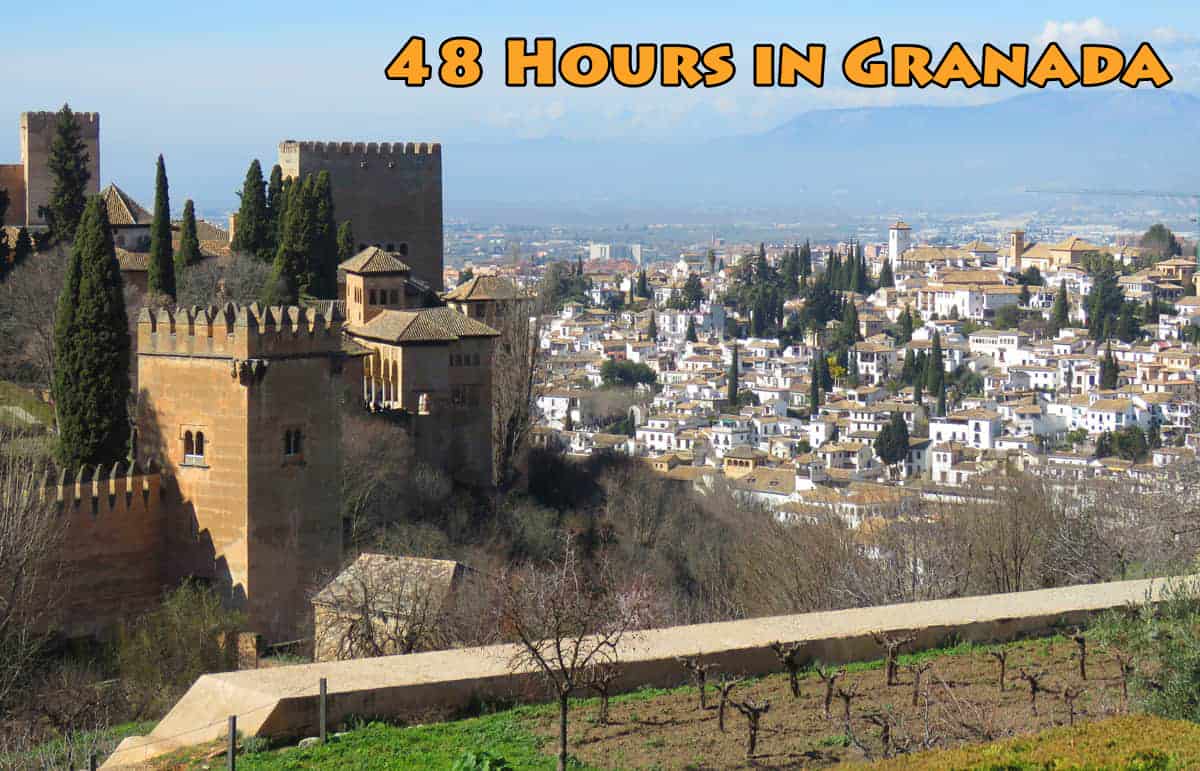
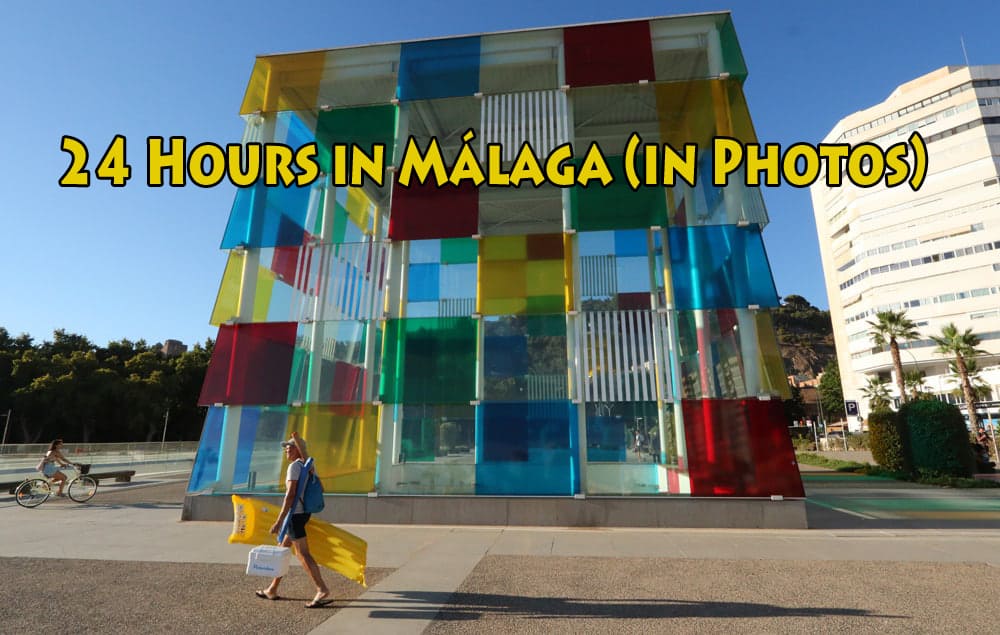
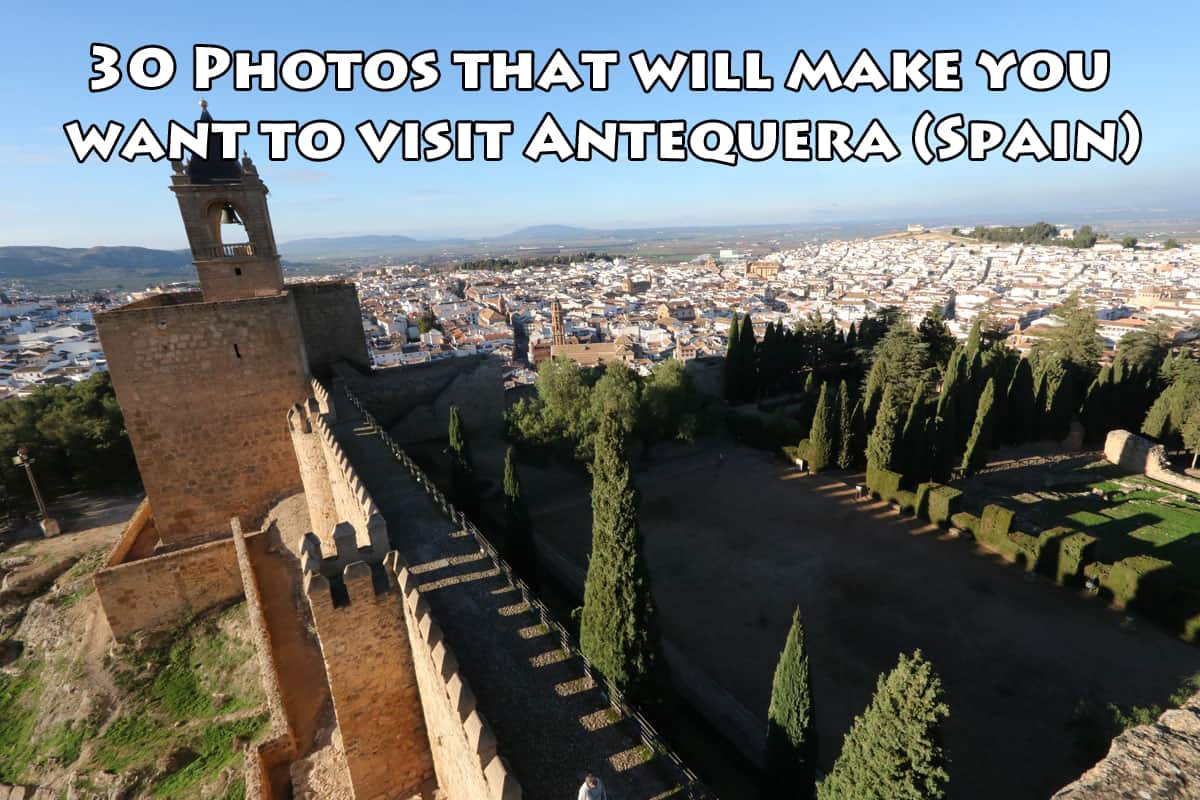
Leave a Reply